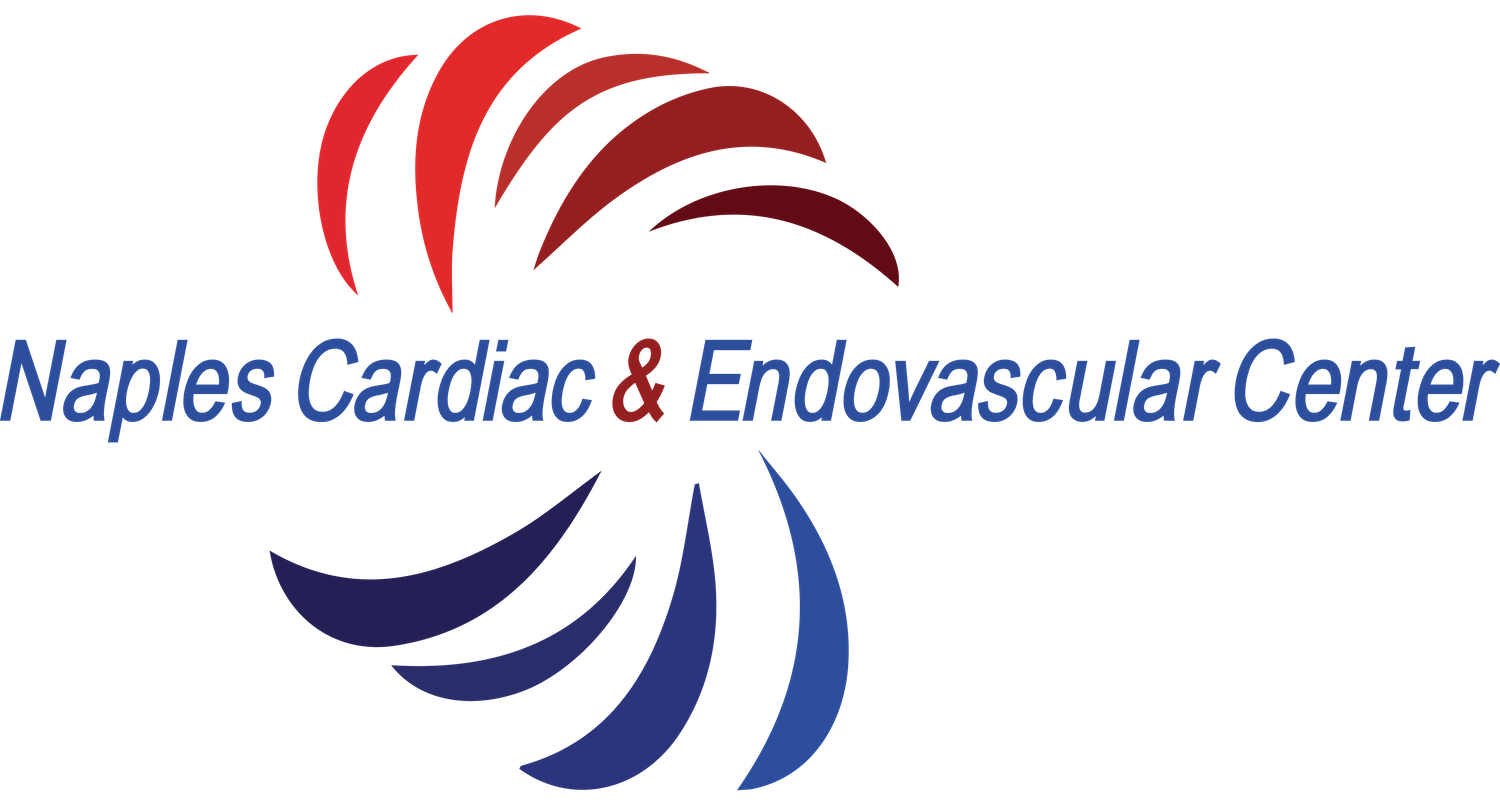What Causes Varicose Veins?
Varicose veins are caused by the failure of the vein valves to force blood back to the heart. This failure allows the blood to pool in the lower legs and feet (typically), which causes the bulging, twisted and painful varicose veins. To truly understand the full scope of the varicose vein cause it is important to understand what the veins do, their purpose in our body and how they work. Read below for the complete guide to the causes of varicose veins.To book a consultation click here or call 239-300–0586.
What do the Veins Do?
The veins of the body are a transport system for blood without oxygen away from the organs and tissues, to the right side of the heart, and then to the lungs for the exchange of carbon dioxide for oxygen.The veins are floppy, elastic, and thin-walled tubular structures that contain one-way valves. The main function of the valve is to open to allow blood to be pushed toward the heart, and then to close to prevent blood from moving with gravity, in the wrong direction of blood flow. The muscles of the body are responsible for squeezing the vein, allowing the valves to open, and forcing the blood back to the heart.
In the event that the valves do not work properly to keep blood moving toward the heart, the vein then begins to stretch and swell. This stretching then prevents other valves from complete closing due to the vein being widened. As the vein is elastic, if it is stretched too far for too long, it will be unable to recoil to its normal size, leading to the twisting and enlargement of the veins, ie: varicose veins.
Medical and Non-Medical Causes of Varicose Veins
There are factors or medical problems that may lead to the development of varicose veins, either with weakening of the vein, improper valve function, or both. Some of these factors are considered modifiable, which is something that is able to be changed or addressed and some of these factors cannot be modified.To book a consultation click here or call 239-300–0586.
What Can't you Prevent | Non-modifiable causes of Varicose Veins
The non-modifiable risks include family history, gender, age, and venous trauma. First and foremost, as with many medical conditions, family history plays a large role for the development of varicose veins.
- Genetics: Genetically there may be weak valves or veins. Many of those suffering with varicose veins also have at least one family member that is also suffering.
- Hormones: Women tend to develop varicose veins more commonly than men. This is due largely to the hormonal changes through a woman’s life and can include the hormonal changes of pregnancy.
- Age: Age is directly related to the way the body functions. With age, the body does not function as well and tends to break down, leading to increased risk for the development of varicose veins.
- Trauma: Trauma to the veins, such as with a blood clot, can damage the valves, leading to varicose veins.
- Blood Clots: Often times, there is a genetic component to the development of blood clots.
What Can you do to Prevent | Modifiable causes of Varicose Veins
The modifiable risks include pregnancy, weight, and reduced movement. Pregnancy is two fold, with the hormonal changes, but also with the weight of the fetus putting pressure on the veins in the legs. It is considered modifiable, as pregnancy is temporary, but may also be prevented. Being overweight or obese places pressure on the veins causing them to collapse and putting excess pressure on the veins. Either standing or sitting in positions for too long can place pressure on the veins, but also prevents the blood from moving with the contraction of the muscles..Possessing one or all of these factors, does not necessarily mean that it will lead to the development of varicose veins, but it does increase the incidence for the development of varicose veins.To book a consultation click here or call 239-300–0586.
